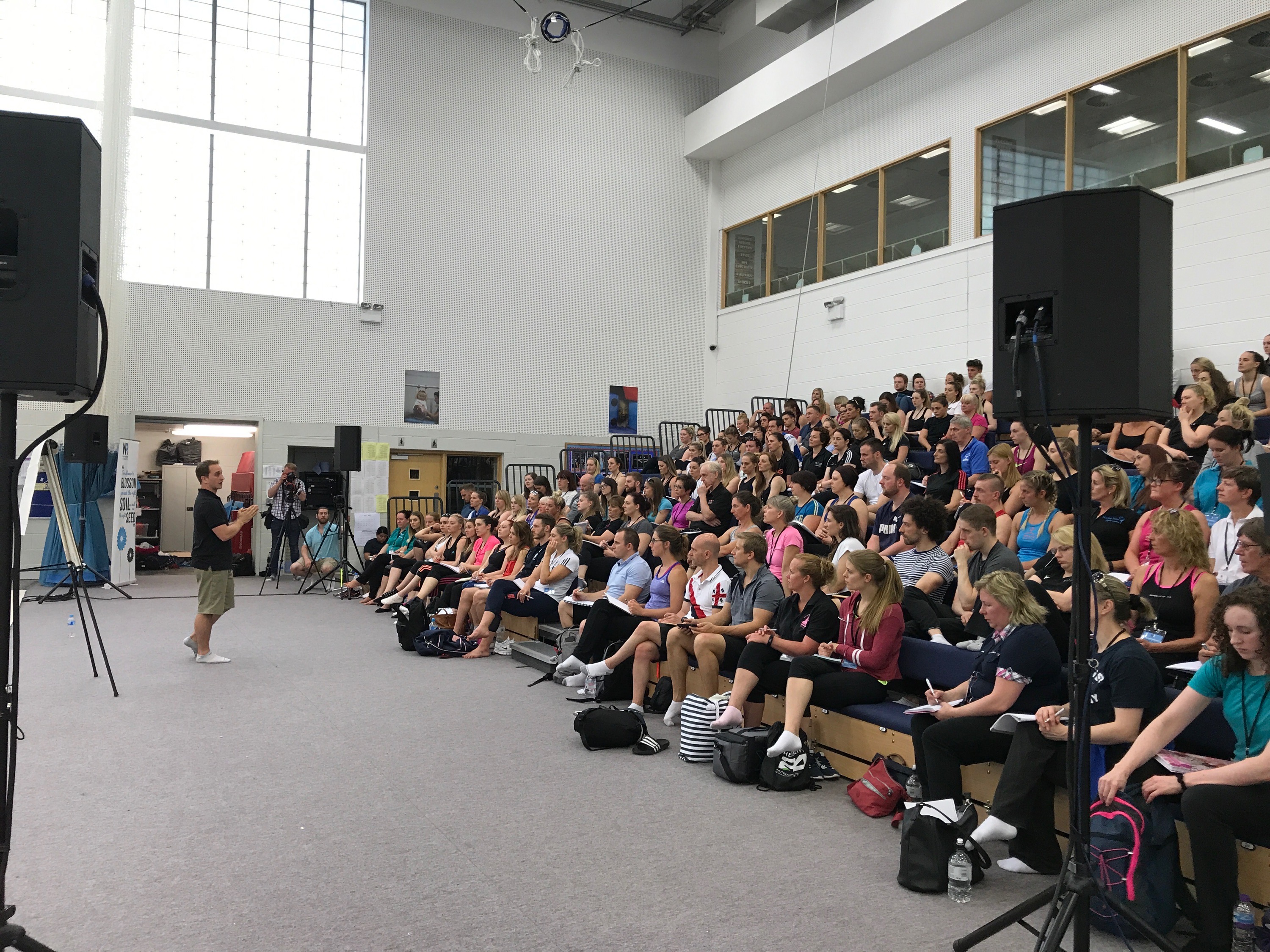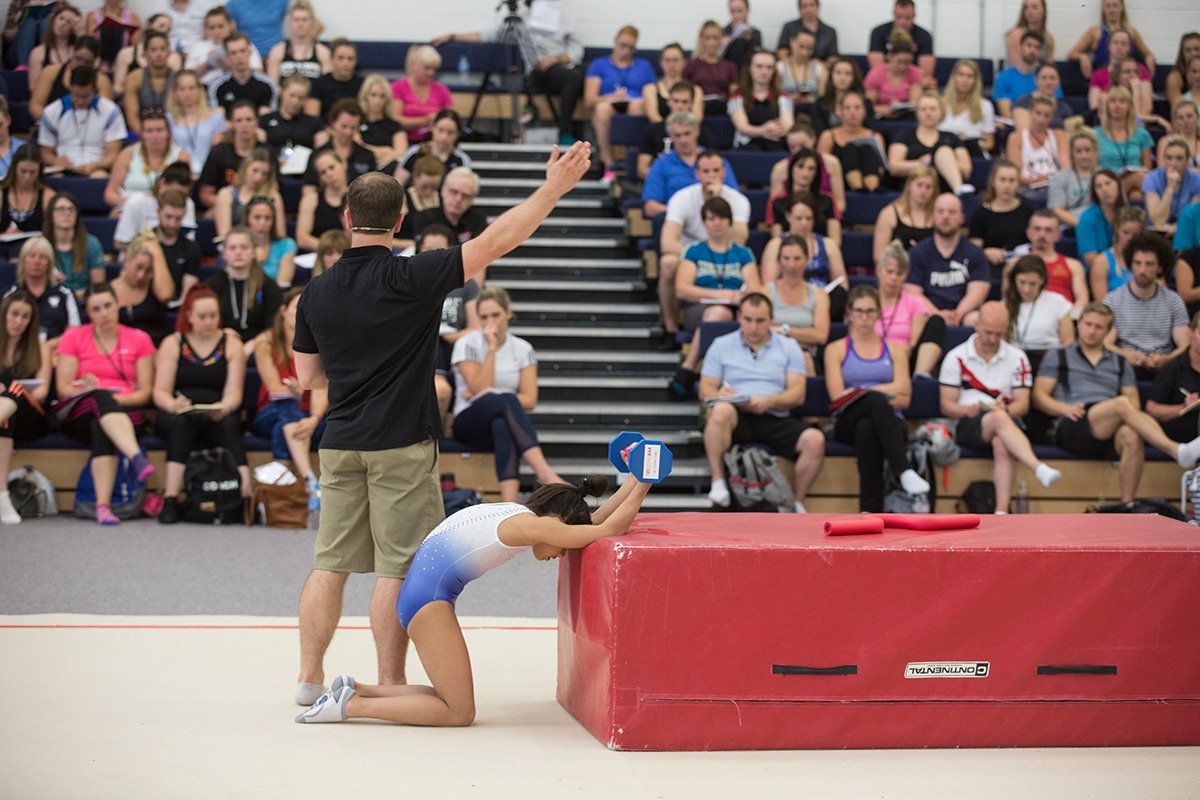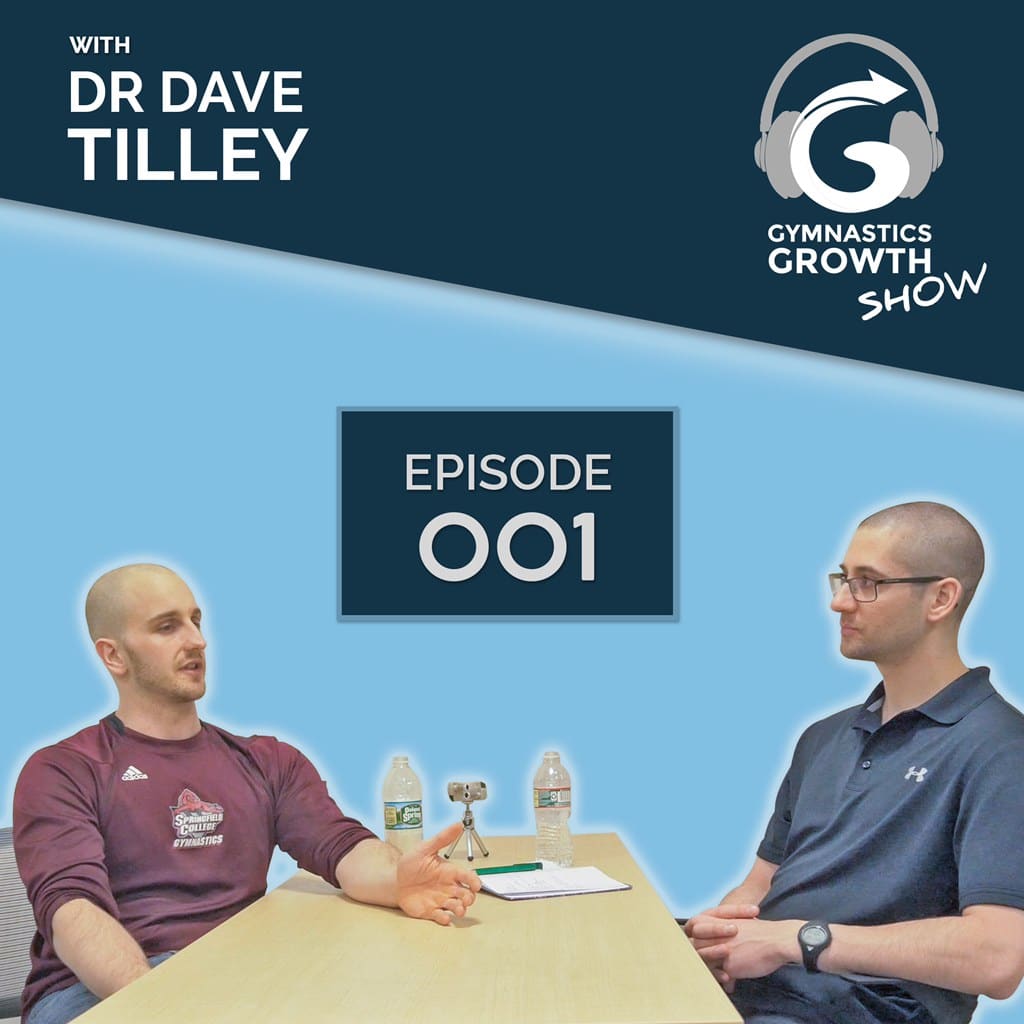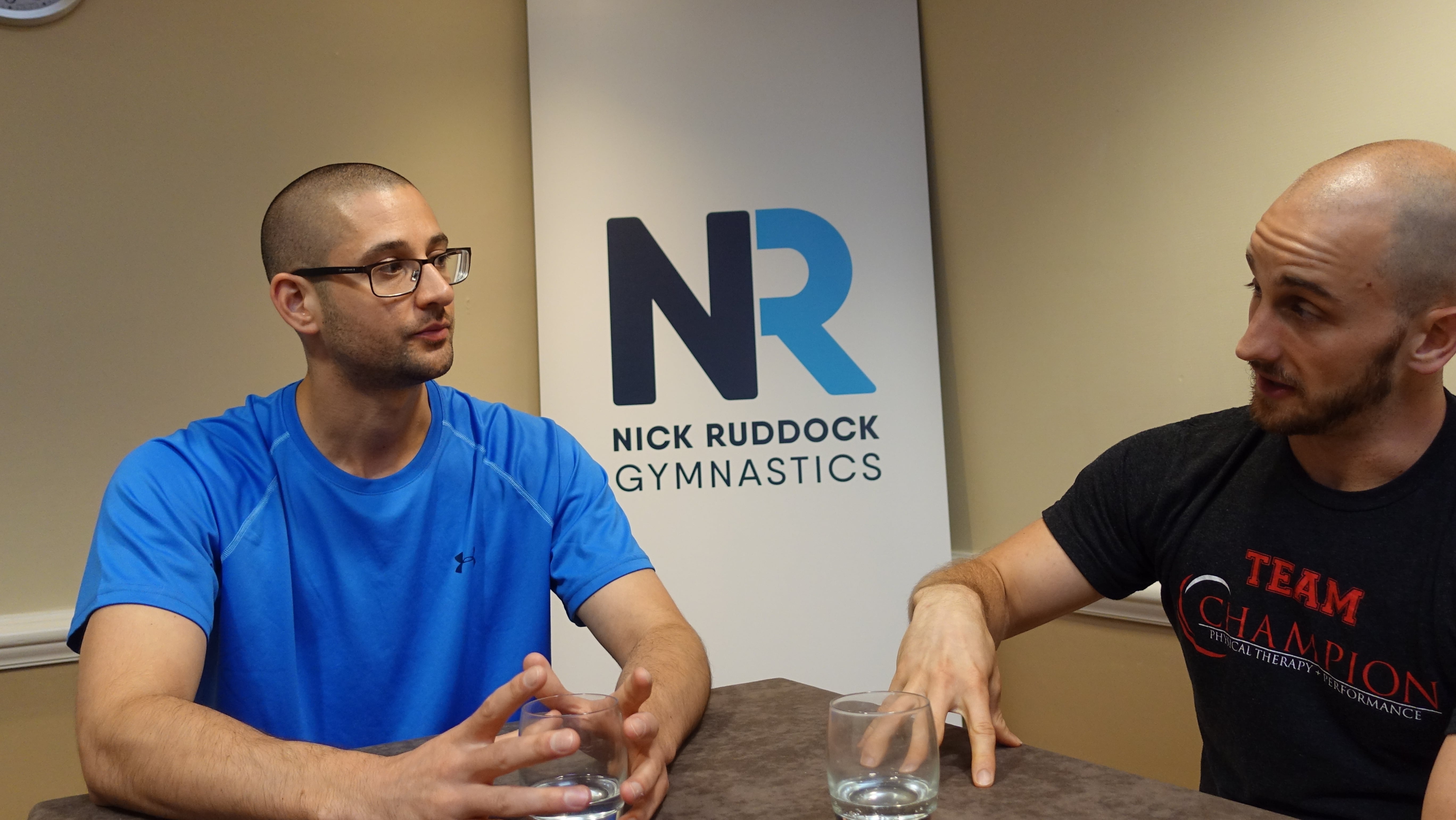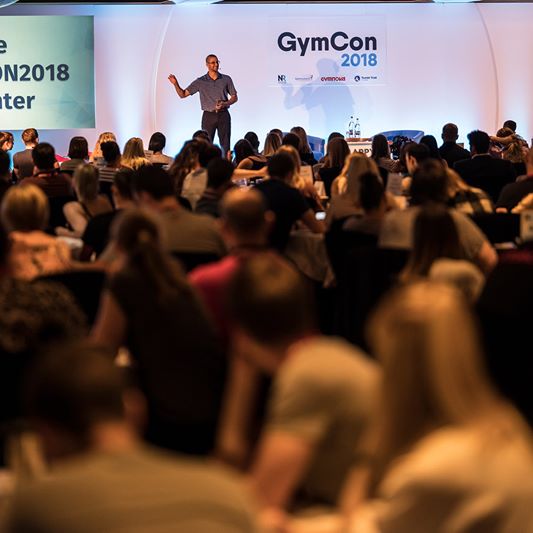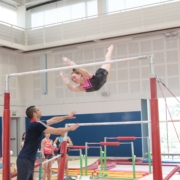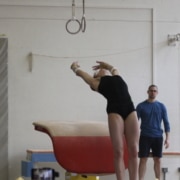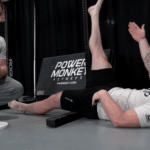8 Important Gymnastics Training Take Aways from the U.K. Physical Preparation Masterclass
This past weekend I had the great pleasure of joining Nick Ruddock of Nick Ruddock Gymnastics in the United Kingdom to guest speak at his Physical Preparation Masterclass. For those that are not familiar, Nick was the former Great Britan junior national team coach and has worked extensively on the elite/Olympic level of gymnastics as a coach and consultant to over 12 Gymnastics Federation. His depth of knowledge reaches very wide, and he has a ton of great information to offer the community of gymnastics. The best part was Nick and I’s ability to combine our hybrid backgrounds of myself as a former athlete, current coach, and current medical provider with his background in coaching elite and Olympic level gymnasts.
This seminar essentially teaches gymnastics coaches and other professionals the crucial role of Physical Preparation, and how to go about many different tricky areas such as flexibility, strength, power, shaping, skill basics, and much more. Nick draws from his years of experience working in many gyms with hundreds of gymnasts, and what he commonly sees.
In looking back over my notes for the past weekend, I had a ton of “gold dust” as Nick would call it related to essential gymnastics coaching principles. Here are 7 important takeaways I wanted to share.
Table of Contents
#1 – A Growth and Collaborative Mindset is Essential
Although Nick and I have only technically spent 72 hours together, the amount of overlap in our base values and principles as people involved in gymnastics was shockingly similar. At the heart of our shared values was the fact that as coaches we should be in a constant state of seeking self-improvement. Nick and I both had a monstrous book list and focused on the huge role of intrinsic motivators ( the process of getting better, improving each day, never stop learning, practicing humility) over extrinsic motivators (money, titles, recognition, scores) as the more important base concept. Obviously, we all want high-level performance and success in gymnastics with ourselves and our gymnasts. However, seeking extrinsic first over intrinsic factors is a sure fire way to create frustration, burnout, unnecessary stress, and limits long-term gymnastics skill/routine performance. Not only does this help you enormously as a coach, it also reflects a huge positive image to your gymnasts that it is okay to “fail forward” and motivate them to improve each moment in or out of the gym.
#2 – Spend Time Learning The Best Principles, Not The Best Drill or Exercise
This theme came out consistently between Nick and I, despite us not sharing what our lecture details really were about. We both tried to give people a hand full of our favorite drills/exercises, but at a fundamental level were trying to help the audience grasp important basic principles. For me, I stressed the need to bias muscular soft tissue and strength work in flexibility training vs “the best flexibility drill”, and Nick, for example, tried to teach the need to teach high-level stiffness/rigidity for high level plyometric tumbling skills vs “the best rebounding drill”. As the cliche saying goes “Give someone a fish, and they eat for a day. Teach someone to fish, and they eat for a lifetime”
#3 – The Basics of The Basics
Nick and I were able to integrate my lectures on the upper extremity and lower extremity/spine really as being the “basics of the basics”. By this we mean, being able to take a step back from the normal handstand, hollow, arch, running, and shape changing basics we know are all fundamental to gymnastics success. My lectures more focused on the need to reverse engineer these gymnastics basics to their foundational elements, such as baseline mobility, strength, dynamic stability, power, and endurance. We both agreed we find many gymnasts struggle with performance and recurring injury because coaches may not have the best information to correct these baseline level movement aspects. Much of the feedback from the audience was feeling motivated to go back to the gym and help address some issues they have been scratching their head on (limited shoulder flexibility, athletes who can’t produce power, etc).
#4 – Gymnastics Basics Trained To A Standard of Excellence Lead to Success
For me at a personal level, this is what I took away from Nick the most. As an athlete, coach, and medical provider I have always valued the importance of perfecting basics and revisiting them daily. Nick, however, took this to a completely different level regarding shaping and gymnastics skill basics. In all of Nicks’ lectures, he constantly reinforced the need to do the very, very basic shaping at the most elite level of performance. What was even better, was that he presented this to the gymnasts we had as demonstrators in the most positive and supportive way. It wasn’t at all degrading to them, more as a “we have so much we can work on to make you better” approach. I took a ton of great drills away from Nick and will be using them frequently this upcoming summer.
#5 – Athlete Health and Wellness First, Medals and Scores Second
This point, along with number #6, was my absolute favorite moment of the weekend. Nick and I were in the car driving to lunch, and we were talking about some of the most basic, culture level issues we all face in gymnastics. One that came out and struck a nerve with both of us was the need for everyone in gymnastics to always make sure that the athlete’s health and wellness is a priority over medals, scores, and new skills. As a former gymnast, I completely know and understand that we are going to get a little banged up in gymnastics and that there are crucial moments/competitions that we need to grit our teeth and get through an issue. That being said, we both feel from the recreational to an elite level, these moments should be few and far between.
If as coaches, parents, and medical providers we lose site of this and push a gymnast into unhealthy physical, emotional, and psychological environments, we need to take a big step back in reflection and revisit our baseline values. As humans, we are all guilty of slipping on this and just getting caught up in pursuing success. However, just as with intrinsic vs extrinsic success, we have to make sure the priority is in order for best long term performance. It’s a delicate balance but at a baseline level, your values of being a good person and taking care of the athlete should fuel decision making.
#6 Motivate with Love, Not Fear
Readers can probably see why #5 and #6 go hand in hand. Nick and I both came to a similar point in our coaching careers where yelling and shouting at gymnasts, or punishing them with conditioning, was the only way to actually get things done. We have come full circle in this, and both have made pacts with ourselves to not scream at gymnasts or use strength as a means of punishing them with strength assignments. As Nick put it in our live Facebook Q&A,
“screaming or punishing athletes with extra strength may lead to a short-term accomplishment of getting something done, but in the long term builds a negative association with your coach – athlete relationship. It often causes them to internally resent you, even if they don’t say it out loud”.
I will say we both agree that there we still must have very high standards as well as expectations of our gymnasts, and also have proper gym etiquette and discipline. However, this is not the same as letting your ego slide in a little bit to scream, shout, punish, or be highly strict with no rationale behind it.
For me as a coach, that was pretty powerful. Not being someone who has produced an athlete to the elite or Olympic level, it was reassuring to hear that that level of gymnastics can still be attained without these negatively based practices. This is something I know many coaches, including myself, still toe the line with, as there are many times when gymnasts are being disrespectful or are not putting in the effort, and need to be called out. However, suppressing the reflexive emotional response and addressing it in a logical manner will always be the best route. I can also say that some of the best elite coaches I am lucky to be friends with do the same thing beautifully. They know the fine line between teaching the athlete motivation, but not being too harsh. This and the point above are the art forms that comes with coaching.
#7 – Monitoring Acute to Chronic Workload is Key
This was more on the actual training and strength side of the fence, but it’s very worth noting. It doesn’t matter what injury prevention, shaping, physical prep, or cardio program you use, none of these can reverse the effects of simply doing too much. There is great research by Tim Gabbett to show that any sudden increase in training volume in a short period of time (a few days to a week) that is on average much higher than the previous few weeks average, can be problematic. Also remember though, that a higher level of fitness and physical preparation is protective and reduces the risk of injury/overuse/burnout. It’s all about balance and the “sweet spot” so to speak. Practically as coaches and medical providers, it means that we have to do a ton of work in planning, learning about programming, reflecting on our training design, and not just randomly going crazy in volume or intensity for no reason.
#8 Proper Environment and Culture Trump All
This pretty much summarizes all things about the weekend, but at the most basic level, Nick and I both agree that no technical, physical prep or medical issue is going to be truly dealt with if the gym culture and environment are toxic. This is personally my biggest area of focus currently, as I have made huge mistakes not addressing cultural level issues of teaching athletes intrinsic motivation, being patient through various moments of drama that surface in the gym, fostering motivation/work ethic, and setting a good example as a coach. This is something I feel everyone in gymnastics should spend time reflecting on, basing it on what their ownership in problems within the gym may be based on their personal beliefs/actions.
I am guilty in previous years also, but I, unfortunately, see all over social media how every problem with gymnasts is because of the athlete, or their parents, being worthy of every piece of the blame. To often I hear “she’s just too lazy, he’s injury prone, she doesn’t work hard enough on her flexibility, and so on.” As noted, there are times when the athlete may not be working to the best of their abilities, but as coaches and medical providers, we aren’t off the hook either. I think as coaches and medical providers, we really need to reflect and always ask ourselves “Did I have a role in this problem, as a coach and leader in the gym what can I take ownership of to be at fault for and improve on?” Again not only does this help you grow constantly and improve the culture, it creates a more positive environment and gym culture people are more happy to be a part of.
Concluding Thoughts
So that’s all I got! There were much more amazing thoughts, but this post is already a bit too long. I have to say on a parting note, that I was extremely grateful and humbled by the chance to be part of this event. Not only did I learn a ton from Nick when spending time with him, I found myself very motivated to come home and pick up on learning more and working to improve my role in gymnastics as a coach and medical provider.
As mentioned, all of the principles above I have seen in the best coaches, gymnasts, and medical providers I am lucky to work with. There is always more ways to improve ourselves to better serve the athletes we work with. Thanks for everything and I can’t wait to work more together with Nick! Have a great week
Dave Tilley DPT, SCS, CSCS

